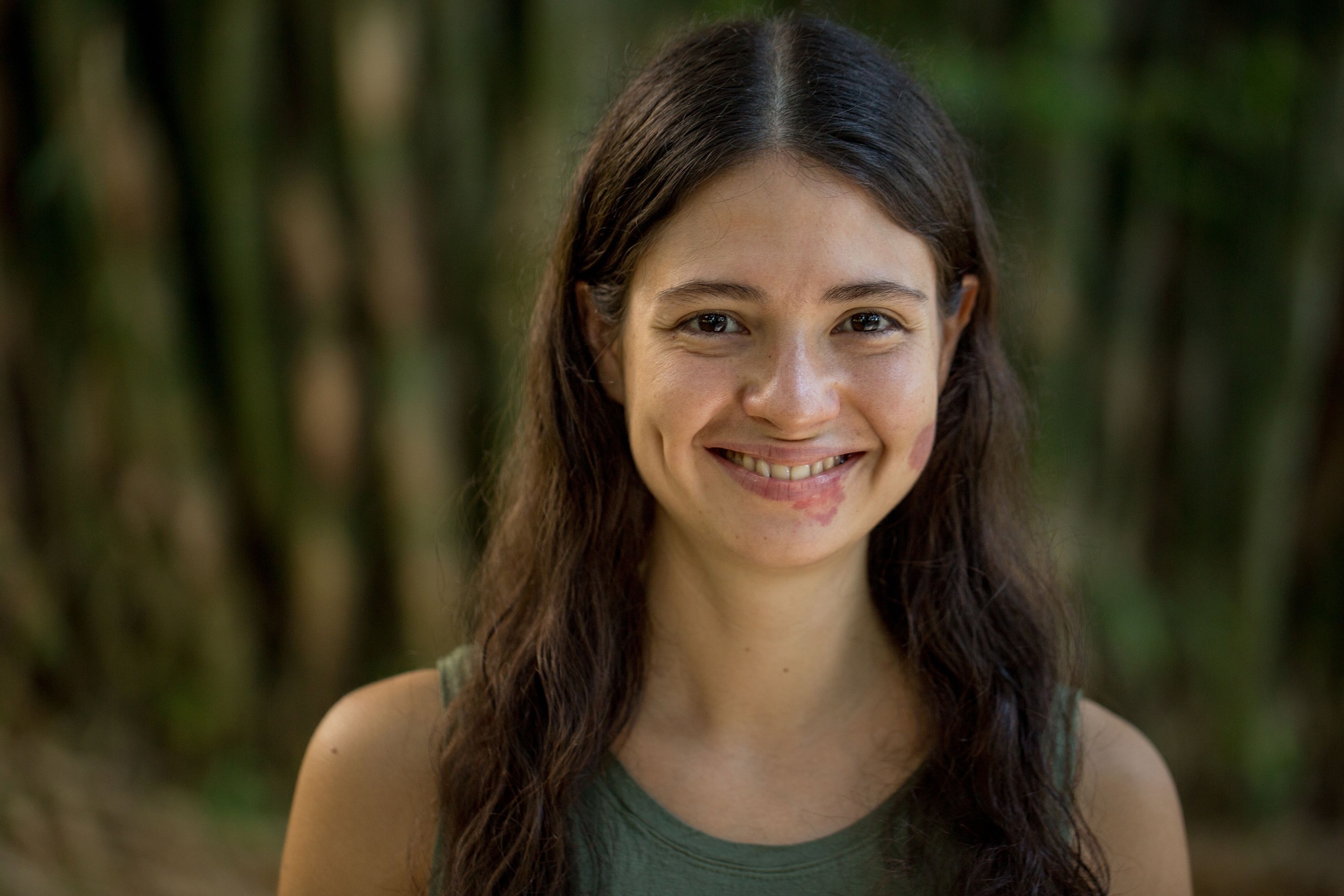Marina Rivero: Bringing visibility to the endangered Baird's tapir
National Geographic Explorer and conservationist Marina Rivero works to spotlight the elusive Baird's tapir in an effort to save it from extinction.
Marina Rivero, a conservationist and National Geographic Explorer, is leading efforts to monitor and protect a solitary and elusive species, at serious risk of extinction.
The Baird’s tapir has existed for millions of years, changing very little morphologically over that time. But due to poaching, habitat loss, and climate change, the IUCN lists them as Endangered and estimates there are only a few thousand Baird’s tapirs left. Without conservation action, they may become "Critically Endangered."

In the dense forests of southern Mexico fewer than 230 Baird’s tapirs remain. It's precisely here that Rivero is working to track the remaining population and develop a conservation strategy to save them.
“People and tapirs are in a constant struggle for territory,” she says. “So we're trying to create solutions so people and tapirs can live together.”
Rivero was born in Mexico City – a bustling city hundreds of miles from the rural area where she now works. Despite her urban upbringing, she fell in love with animals from watching wildlife documentaries and camping with her family.
“During my childhood I always knew that I wanted to work with animals,” she recalls. “I was always interested in the why of the animals. Why they are there, or why they have this thing, or why they are this color.”
This wasn’t enough, though. Rivero realized that if she wanted to work with the animals, to increase their numbers, she would have to work with the communities.
The tapirs are losing their homes as the farming communities of the region expand agricultural lands for crops and cattle. Locals also hunt them for food; one tapir can supply enough to feed a hungry family for nearly a month.
Since 2015, Rivero has been studying the Baird’s tapirs of Mexico’s Sierra Madre de Chiapas mountain range, and training local teams in the basic concepts of biological monitoring. She and her team use camera traps to estimate populations, map their distribution, and learn more about their behaviors. These videos are also a powerful tool to build community appreciation for the creatures they share space with.
“It's very difficult to see a tapir in the wild, because they are persecuted, because people poach them a lot,” Rivero says. Indeed, she has only caught sight of one in the wild once, during a training expedition in Costa Rica.
“How can they care about a species if they don't know them, if they don't see them?” she asks. She always tries to have some videos of the tapirs on hand to show locals she meets.
"We are at the exact moment in which we have to act to change the trends..."
In 2018 she was named a Nat Geo Photo Ark EDGE Fellow –part of a program created by the National Geographic Society and Zoological Society of London to provide funding, training, and capacity development to researchers from Africa, Latin America and Asia who are working to protect some of the regions' most vulnerable animals.
As a Fellow, Rivero continues to help ensure the survival of the Baird’s tapir.
“Species that have become extinct will never come back,” she laments. “And with them go millions of years of evolution that could have helped us understand more about the history of the earth and where we came from and where we are going.”
For Rivero, action on behalf of the planet is critical.
“We are at the exact moment in which we have to act to change the trends,” she says. “So the new generations can have a better world.”




